- Student life
- Three fields of study
- Student's Graduation Thesis Theme
-
Student Blog
“Every day with Sha-an” - Award History
- Interview with Students
- Interview with Graduates
- Introduction of the Campus
- Campus Festivals
1. Societal Safety Science from the Perspective of Society
Constructing a framework for experts and citizens to study disaster prevention together
Research theme
Collaborative practice of disaster prevention by experts and citizens
Kazuki Onishi of the Hideyuki Shiroshita research group
(Graduated from Akashi Shimizu Prefectural High School)
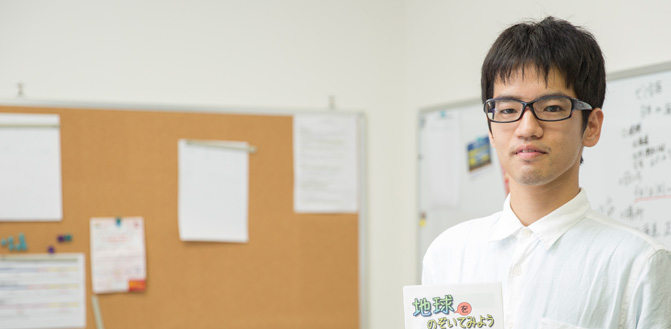
Reasons for my interest in this subject
I was invited by another student in the same faculty to join a student support group, which is based on a disaster learning facility, the Tsunami and Storm Surge Disaster Prevention Station in Osaka Prefecture. This group organizes various educational events while exchanging opinions with faculty and other staff. At the station, children can learn about disaster prevention while having fun. We also listen to their opinions, so we can also learn from the children. To deepen this activity and lead to my growth, I am studying disaster prevention education with the Shiroshita research group.
Research Flow
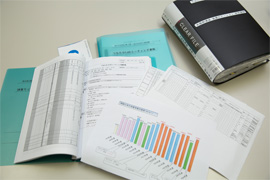
I would like all citizens including children to have fun learning about disaster prevention at the Tsunami and Storm Surge Disaster Prevention Station. For that, I carefully read many books on education. Education is considered to help people understand information and to be able to practice what they learned through repetition. However, effective disaster prevention education is a way to learn from each other beyond the relationship of the teaching side and learning side. After reading lots of documents, I started thinking that it is important for experts, who are full of knowledge on disaster prevention, and the residents to understand various aspects through communication so as to find solutions to problems.
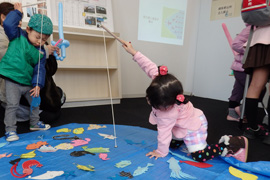
Because it is an educational event mainly for children, I emphasized raising their interest while also enjoying themselves. We organized a "fishing game" and "disaster escape game" before. Currently, we are creating a game where the participants share questions with each other. The station staff frequently make use of our ideas. This enhances our motivation. We have been trying to convey our message to children when we meet the station staff.
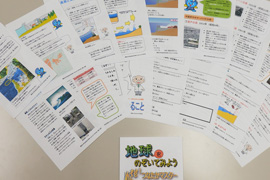
During the memorial event of the Great East Japan Earthquake, we also conducted a quiz event. First, children looked around the event site, and then they themselves created quizzes about natural disasters including tsunamis and storm surges. Some quizzes were so unique that even we and other experts would be hard pressed to think of them. Our project finished successfully.
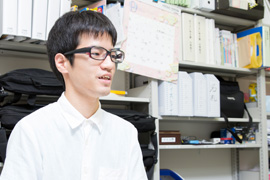
Looking back on the event, we thought that we could improve in certain areas, specifically "the contents were too difficult for children" and the “quiz content wasn’t balanced". Also, we are of the opinion that it should be an event aimed at mutual learning, so if we emphasize too much on the goal of providing information, children would not be able to think freely.
The station staff said, "We'd like to continuously use the quizzes made by the children at the event."
Our next step! The aim of this event was to make the people in the area visit the disaster prevention learning facility and to raise their awareness on disaster prevention. The event became an occasion where experts, students and residents could think and learn together. Our next step is to continue and expand on this relationship.
Checking other fields as well
- 1
Society - Constructing a framework for experts and citizens to study disaster prevention together
- Deepening knowledge about "insurance" necessary for daily life